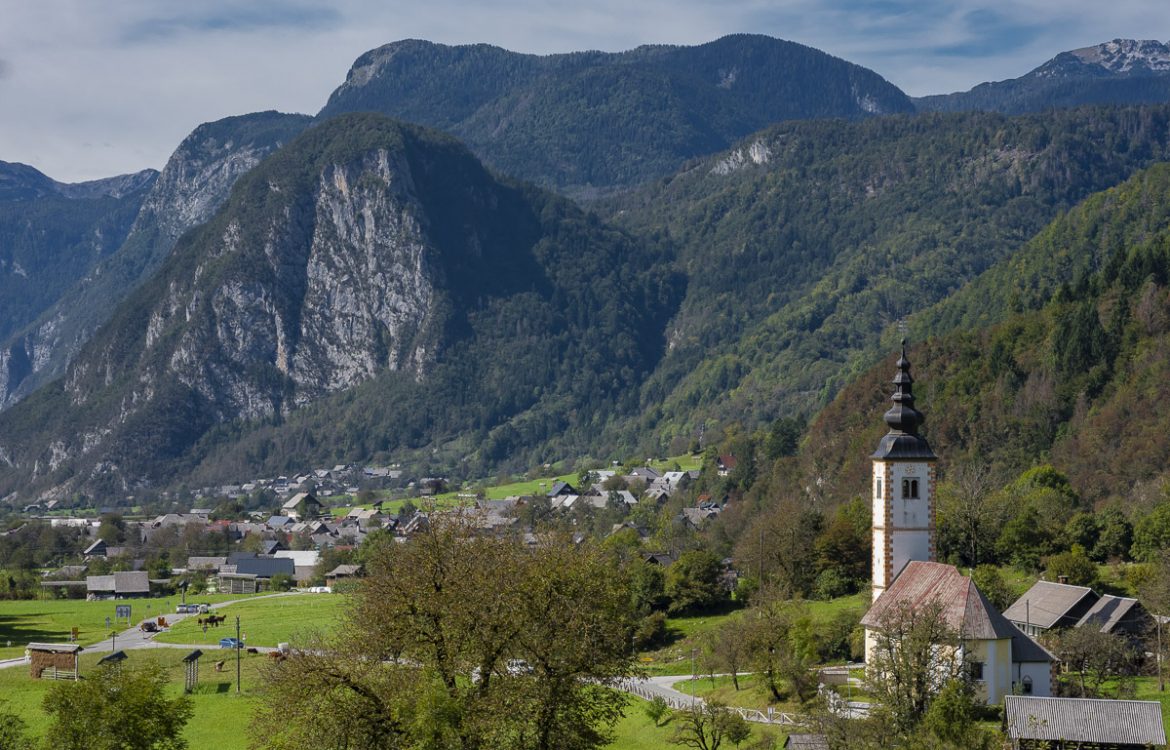
Istria: Thorny Rose of the Balkans
After my time in the tourist scrum of Rome, I felt the need for some sea air and open vistas. Just a short hop across the Adriatic, the Dalmatian Coast was calling. With a quick flight on Barcelona’s Vueling Airlines, I was soon dunking myself in the sparkling clear waters of the Adriatic.

Kvarner Gulf, Croatia
September along the Dalmatian coast of Croatia is shoulder season; the crowds have thinned, the water’s still delightful and there are bargains when it comes to lodging. So, after a few days of salt air and sunshine, my spirits were duly rearranged and I was ready to venture up the coast toward Istria, the northern terminus of the Adriatic.
Istria, or ‘Istra’, as the Croatians spell it, is a heart-shaped peninsula that juts into the Adriatic. Its eastern side abuts the Kvarner Gulf in the north, home to Croatia’s largest port at the city of Rijeka. The port here is capable of handling ‘capesize’ ships—vessels that have such deep drafts they can’t transit the Suez or Panama Canals. Instead, they must pass around either Cape Horn in South America or the Cape of Good Hope in southern Africa, hence the name ‘capesize’.

Primošten, Croatia
Like most real estate in this part of the Balkans, Istria has had a slew of overlords through the centuries. Buckle up and I’ll give you the quick rundown. First, of course, were the Romans, who subdued the local tribes around 177 BCE. They ran things for a good five-hundred years until the Empire fell around 500 CE.
For a couple of centuries afterward, Istria changed hands between the Lombards, the Eastern Roman Empire, Charlemagne and some Germanic overlords, before becoming part of the Republic of Venice around 1267. The Habsburg Monarchy took over for a few years in 1797 before that ambitious Corsican we know as Napoleon conquered Istria in 1805.
The Habsburg Empire got its mojo back as the Austrian Empire and booted the Corsican out in 1814 and ruled Istria until the end of WWI. Italy was given Istria in 1919 only to be shown the door at the end of WWII when Yugoslavia took over. Only the city of Trieste stayed with Italy where it remains to this day.

Opatjia, Slovenia
Which brings us to the Balkan Wars of the 1990s. After Yugoslavia disintegrated, the new nations of Croatia and Slovenia both laid claim to parts of Istria. To this day, there is still some contention over the borders as drawn, especially when it comes to territorial waters. In short, Slovenia wants a wider swath of the Adriatic to be part of its territorial waters. The argument is a predictable result of Slovenia’s feeling that it’s been short-changed in coastal territory. Looking at the map, it’s not difficult to see their point—they’ve got a relatively tiny chunk of Istria’s real estate.
For travelers, it’s not much of an issue, but for the fishing fleets of both countries, it’s a big deal. As a result of this dispute, Slovenia has continued to block Croatia’s entry into what’s known as the ‘Schengen Area’, an agreement among 26 European nations where internal borders have been abolished. There are many advantages to being part of the Schengen Area, not the least of which is free movement between countries. It’s the equivalent of going from one state to another in the US.
While several European leaders have wandered into the fray, trying to negotiate a compromise that both sides will accept, none have been successful. Slovenian maritime police continue to harass Croatian fishing vessels, which they claim are in Slovenian waters. Croatia’s maritime police have gotten hip to this and have placed themselves between the Croatian fishermen and the Slovenian police.
Of course, there’s a lot of history and nuance behind the arguments on both sides—this is the Balkans, after all. And while Slovenia’s stance isn’t the only issue in the way of Croatia joining the Schengen Area, it’s at the top of the list.